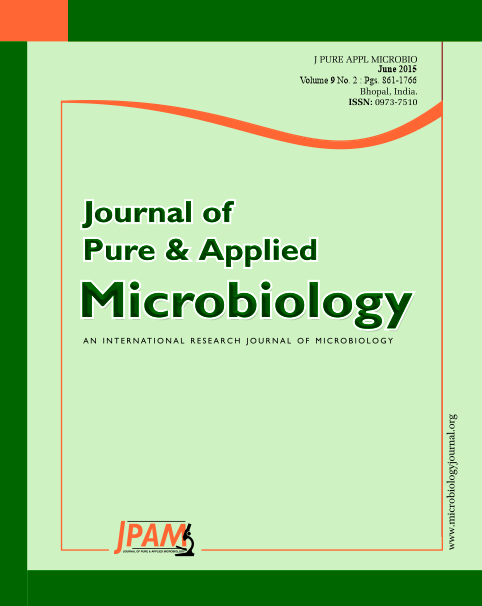Medicinal plants have been used as traditional treatments for numerous human diseases for thousands of years and in many parts of the world. Currently, thousands of plant metabolites are being successfully used in the treatment of variety of diseases. The present study deals with antibacterial and antioxidant activity of ethanol extract of leaves of plant of Ipomoea aquatica forsk and also to carry out in silico analysis of compounds against bacterial life cycle receptor. Antibacterial assay was carried out for the extract by both disc diffusion and well diffusion method. In disc diffusion method, maximum zone of inhibition (mm) was observed for Escherichia coli and Bacillus cereus when compared with Staphylococcus aureus and Salmonella typhii. In well diffusion, maximum zone of inhibition was noticed for Escherichia coli. Antioxidant activity of the ethanolic extracts of Ipomoea aquatica Forsk was performed by DPPH assay. GC-MS analysis revealed the presence of five major compounds and they were subjected for in silico analysis with bacterial receptor such as LuxS (1JVI), FtsZ (1S1J), FtsZ (3VOB) and LsrB (1TM2) from Bacillus cereus, Escherichia coli, Staphylococcus aureus and Salmonella typhii respectively by using autodock 4.2 and Cygwin. These results exhibited negative binding energy which also supports antibacterial activity of Ipomoea aquatica forsk.
Antibacterial activity, GC-MS analysis, Bacterial receptor, Cygwin, DPPH assay
© The Author(s) 2015. Open Access. This article is distributed under the terms of the Creative Commons Attribution 4.0 International License which permits unrestricted use, sharing, distribution, and reproduction in any medium, provided you give appropriate credit to the original author(s) and the source, provide a link to the Creative Commons license, and indicate if changes were made.


